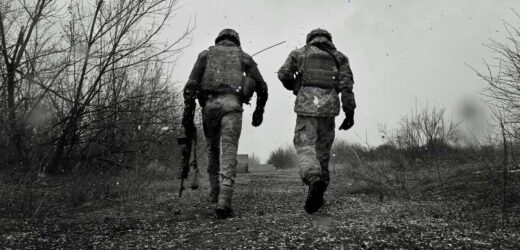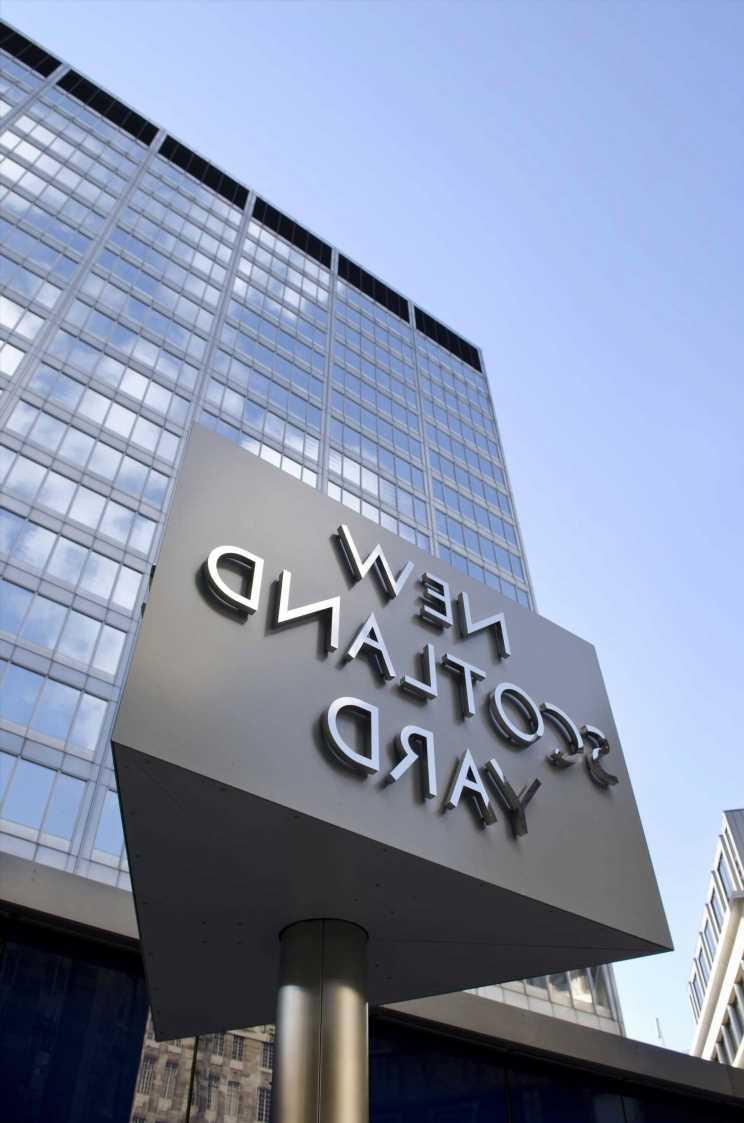Australia will send close to $75 million in additional aid to Ukraine to assist its fight invading Russian forces, including weapons, humanitarian help and 70,000 tonnes of coal.
The request for coal comes directly from Ukraine’s government, with support from the Polish government. It’s designed to keep the country’s coal-powered generators firing and its electricity grid up and running.
Ukraine relies heavily on coal and nuclear energy to power its energy grid, but Russian forces have captured the Zaporizhzhia nuclear power station, the largest of four in the country.
Scott Morrison attending a vigil for Ukraine at St Andrews Ukrainian Church.Credit:Edwina Pickles
The federal government has sourced the supply of thermal coal from Whitehaven Coal. It is worth about $28 million with the current thermal coal spot price at about $400 per tonne. The cost of the coal and the shipment will be met by the Australian government.
The extra $21 million in military assistance for the Ukrainian armed forces will bring Australia’s total military assistance to $91 million and has, to date, included missiles and ammunition.
Another $30 million in emergency humanitarian assistance that will focus on protecting women, children, the elderly and the disabled in Ukraine is also part of the package and takes humanitarian assistance to $65 million.
All that’s left of a building that hit by a Russian missile attack in Kramatorsk.Credit:Kate Geraghty
“In my direct discussions with Ukrainian leaders they have told me they need military support, humanitarian assistance and coal to meet their urgent energy needs and that’s exactly what we’re going to provide,” Prime Minister Scott Morrison said.
“We will help to fuel the resistance to Russia’s aggression by sending around 70,000 tonnes of Australian coal to Ukraine, which will power around one million homes across Ukraine. Australia is in a unique position to provide this support and we will be meeting 10 per cent of their needs.”
“Australia will continue to do everything we can when it comes to supporting Ukraine, and I’ve made that clear in my discussions with Prime Minister Denys Shmyhal and President Volodymyr Zelensky.”
The humanitarian assistance includes $10 million to help with critical protection needs for children, people living with a disability and those facing risks of gender-based violence, and another $8 million that will be given to the United Nations Population Fund to protect women and girls who are being displaced and at risk of gender-based violence.
The Australian aid is designed to help Ukrainian troops repel the Russian invasion.Credit:Kate Geraghty
Another $2 million will be donated to the Emergency Action Alliance Ukraine Appeal. And to make it easier for Australians to donate to countries providing assistance to Ukrainians fleeing the fighting, the list of eligible countries on the Overseas Aid Gift Deduction Scheme will be expanded.
That means Australians will be able to donate directly to aid agencies in Poland, Romania, Slovakia and Hungary that are supporting Ukrainian refugees and the donation will be tax-deductible.
Ukrainians able to flee the country and come to Australia will be offered temporary humanitarian visas valid for three years that will allow them to work, study and access Medicare.
Refugees heading to the train station in Kharkiv in an attempt to reach safety.Credit:Kate Geraghty
Since the invasion of Ukraine began, almost 4500 visas have been issued to Ukrainians and more than 600 Ukrainians have arrived in Australia.
The additional aid from Australia comes two days after US President Joe Biden labelled Vladimir Putin a war criminal for the first time in public, shortly after Mr Zelensky gave an impassioned speech to the US Congress.
Soon after Mr Zelensky spoke, Mr Biden announced he would provide an additional $US800 million ($1.09 billion) in military assistance to Ukraine including 800 more Stinger anti-aircraft missiles, 9000 anti-tank weapons, 100 tactical drones and a range of small arms.
On the ground in Ukraine, the country’s army is using high-tech weaponry for old-fashioned trench warfare as it tries to hold back the brutal Russian assault.
The Ukrainian Defence Ministry admitted on Saturday (AEDT) that its army had been cut off from the Azov Sea by the Russian forces, which were spotted in the centre of the besieged southern city of Mariupol.
Russia’s Defence Ministry said its forces were tightening a noose around the city, whose mayor,
Vadym Boichenko, told the BBC that there was fighting in the city’s streets, even as rescuers tried to dig for survivors in a bombed theatre where civilians had been sheltering.
“Everybody is hiding in bunkers,” he told the BBC.
Several other cities were heavily shelled including the capital, Kyiv, and there were reports of mass fatalities in Mikolativ.
Britain’s defence intelligence chief said Russia was shifting to a “strategy of attrition” after failing to take major cities. Lieutenant-General Jim Hockenhull warned that the strategy would entail “reckless and indiscriminate use of firepower” that would worsen the humanitarian crisis.
The Morning Edition newsletter is our guide to the day’s most important and interesting stories, analysis and insights. Sign up here.
Most Viewed in Politics
From our partners
Source: Read Full Article





